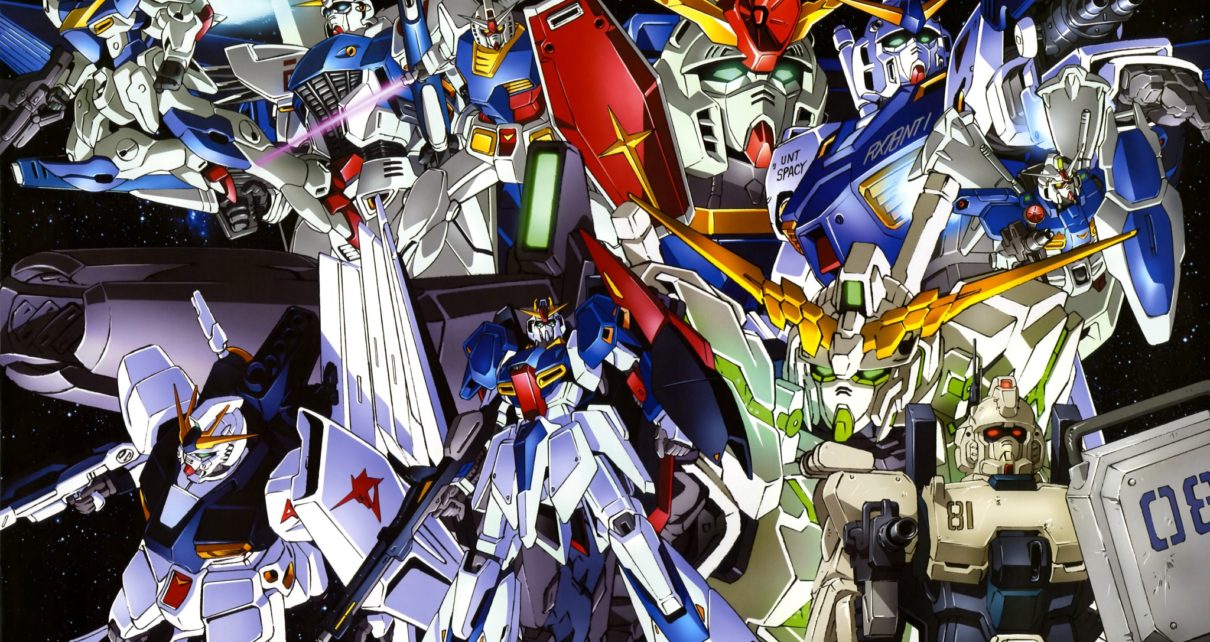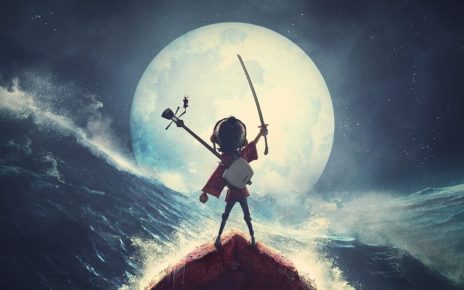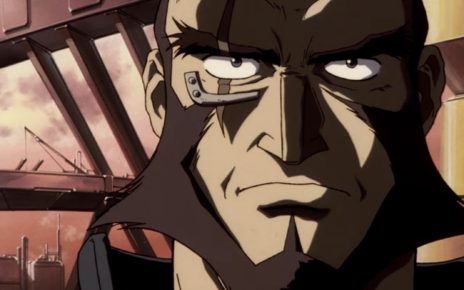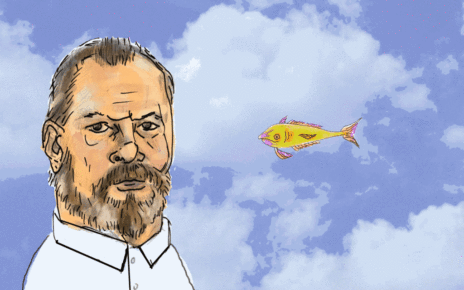From the first episode of Mobile Suit Gundam, the template was set. The young and immature teen Amuro Ray climbed into the cockpit of a giant robot—a technologically advanced weapon of war—and took off to become the franchise’s hero. Along the way he met the devious Char Aznable, discovered psychic abilities as a Newtype, and grew up on the battlefield as he watched friends die, space colonies drop, and autocracies fall.

War Is for Losers is a meditation on Mobile Suit Gundam.
The same rough patterns have followed in practically every Gundam series since then, always with an anti-war take. Always, women and children are in peril. Always, the fascists and those who ascribe to fascist ideology or tactics play the part of the villains. Always, conflict is portrayed as a tragic waste of time, resources, and human lives. If the Gundam multiverse’s moral compass, first set by series creator Yoshiyuki Tomino, has a true north, it’s this: War is for losers.
That refrain will be The Dot and Line’s true north this week too, as we explore the intricacies of how that theme plays out in the various Gundam series, from the original series, Mobile Suit Gundam, all the way down to the franchise’s latest film, Mobile Suit Gundam: Narrative. Though this 40-year-old multimedia franchise (of anime films, OVAs, TV series, manga, Gunpla model kits, light novels, physical giant robots, and more) focuses on the fictive ways war might play out in a future of space colonies, overpopulation, and an evolving human race, the questions its characters face are timeless.
What makes us human?
How will technology change us?
Where can we help the marginalized and the oppressed?
What do we do about the oppressors we know—or the ones we don’t know?
How can we better understand each other?
That last question has been asked in one way or another in practically every Gundam series since the first one debuted on April 7, 1979. The characters who can answer it tend to be the ones who make it out alive at the end of each successive entry in the franchise. The rest tend to lose. Badly.
Read on this week for stories that illustrate that dynamic.
- “Everyone in ‘Wing’ Is Fucking Insane”
- ‘Iron-Blooded Orphans’ Understood How War Affects Children
- Mobile Suit Gundam: Unicorn: A Spoiler-Free Review
- The Symphonic Majesty of ‘Zeta Gundam’
- Gundam Antagonists, Ranked
- The One Thing Dragging ‘Iron-Blooded Orphans’ Down
- ‘The 08th MS Team’ Is the Perfect Entry Point to Gundam
- How Treize Manipulated Everyone in ‘Gundam Wing’
Thanks for reading The Dot and Line, where we talk about animation of all kinds. Don’t forget to follow us on Twitter and sign up for our newsletter.





